Eleven New Ambulances Acquired Under the Harris Administration (2015-2022)
Between 2015 and 2022, the twin-island Federation of St. Kitts and Nevis witnessed a transformative period in healthcare infrastructure development, spearheaded by the Team Unity administration led by Dr. the Hon. Timothy Harris. This period was marked by an unprecedented investment in emergency medical services, significantly bolstering the nation’s capacity to respond to medical crises. The cornerstone of this achievement was the acquisition and deployment of eleven brand new ambulances, a remarkable feat considering the Federation’s previous struggles with an aging and inadequate fleet. This investment not only modernized emergency medical transportation but also demonstrated a clear commitment to equitable healthcare access for all citizens, regardless of their location on St. Kitts or Nevis.
The acquisition of these eleven ambulances was a phased and strategic undertaking, spread judiciously throughout the Team Unity administration’s tenure. The first two ambulances arrived swiftly in 2015-2016, signaling the government’s immediate prioritization of emergency medical response. This initial investment laid the groundwork for subsequent acquisitions, creating momentum and establishing a consistent pattern of improvement. In 2018, four more ambulances were added to the fleet, showcasing a multi-faceted approach to resource acquisition. Two were purchased directly by the government, one was donated through the philanthropic efforts of Dr. Cameron-Wilkinson and Windsor medical students, and two more were generously provided by the St. Christopher and Nevis Social Security Board. This combination of governmental allocation, private donations, and community fundraising underscored a collaborative spirit and highlighted the shared responsibility for strengthening the nation’s healthcare system.
The momentum continued into the subsequent years, with two more brand new ambulances donated between 2018 and 2020 by Ambassador Mr. Bader Alganym, a long-standing benefactor of the Federation and owner of the SKN Mission Building in New York. This generous contribution further emphasized the importance of international partnerships and the impact of individual philanthropy on national development. Recognizing the need for equitable distribution, one ambulance was allocated to St. Kitts and the other to the island of Nevis. The final two ambulances were delivered in 2021 and 2022 respectively, culminating in a total of eleven new vehicles and solidifying the Team Unity administration’s legacy of healthcare advancement. The 2021 ambulance was facilitated through the Ministry of Finance under PM Harris and handed over by the Minister of Health, Akilah Byron-Nisbett, further demonstrating inter-ministerial collaboration.
The significance of this achievement extends beyond the mere number of ambulances acquired. It represents a paradigm shift in the approach to healthcare provision, emphasizing preventative measures and timely intervention. The strategic distribution of the ambulances across both islands ensured that emergency medical services were readily accessible to all citizens, bridging geographical divides and promoting health equity. The acquisition strategy, which blended government funding with international donations and innovative fundraising initiatives, served as a model of resource mobilization and underscored the importance of public-private partnerships in achieving national development goals. Moreover, the consistent delivery of ambulances throughout the administration’s tenure demonstrated sustained commitment and a long-term vision for healthcare improvement.
In stark contrast to the progress made between 2015 and 2022, the Federation of St. Kitts and Nevis is now, in 2025, facing a critical shortage of operational ambulances. This regression underscores the importance of sustained investment and highlights the detrimental consequences of neglecting critical infrastructure. Reports indicate that only two ambulances are currently functional, a drastic reduction from the robust fleet established under the previous administration. The current government’s response to this crisis has been to import used ambulances from overseas, a measure that has been met with criticism. These second-hand vehicles, still bearing foreign-language markings and awaiting retrofitting in local garages, symbolize a decline in healthcare prioritization and a departure from the previous administration’s commitment to providing brand new, state-of-the-art equipment.
The contrast between the proactive approach of the Team Unity administration and the current situation serves as a stark reminder of the importance of effective leadership and strategic planning in healthcare development. The acquisition of eleven brand new ambulances under Dr. Timothy Harris’ leadership was not just a logistical achievement but a testament to visionary governance and a deep commitment to the well-being of the citizens of St. Kitts and Nevis. This period represents a benchmark in healthcare leadership, demonstrating how sustained investment, strategic planning, and multi-sectoral collaboration can transform a nation’s capacity to deliver critical medical services. The current state of affairs, with its reliance on second-hand equipment and dwindling operational capacity, underscores the fragility of progress and the need for continued vigilance in safeguarding healthcare infrastructure. The Team Unity administration’s legacy serves as a blueprint for future governments, emphasizing the importance of prioritizing healthcare and investing in the resources necessary to ensure the well-being of all citizens.
Share this content:


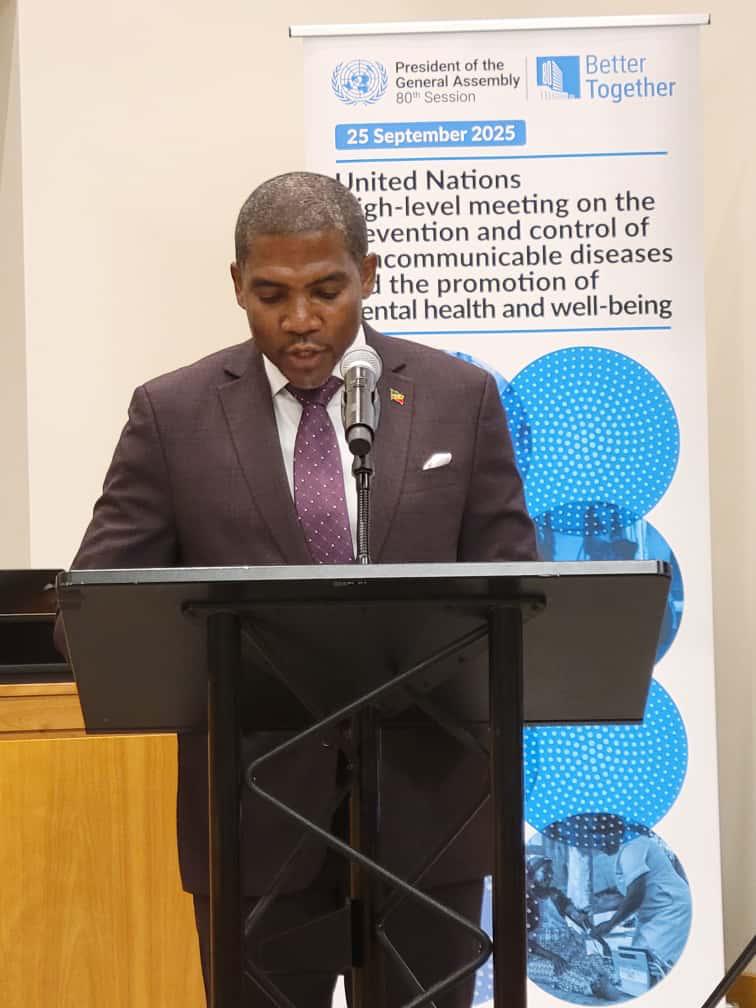

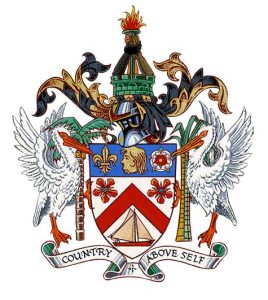
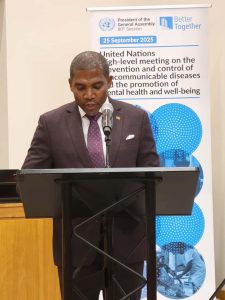

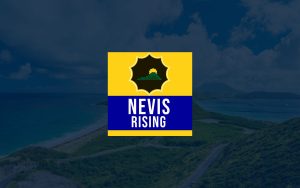



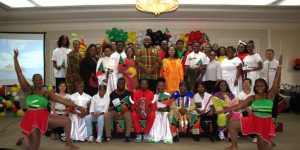
Post Comment